Giraffe
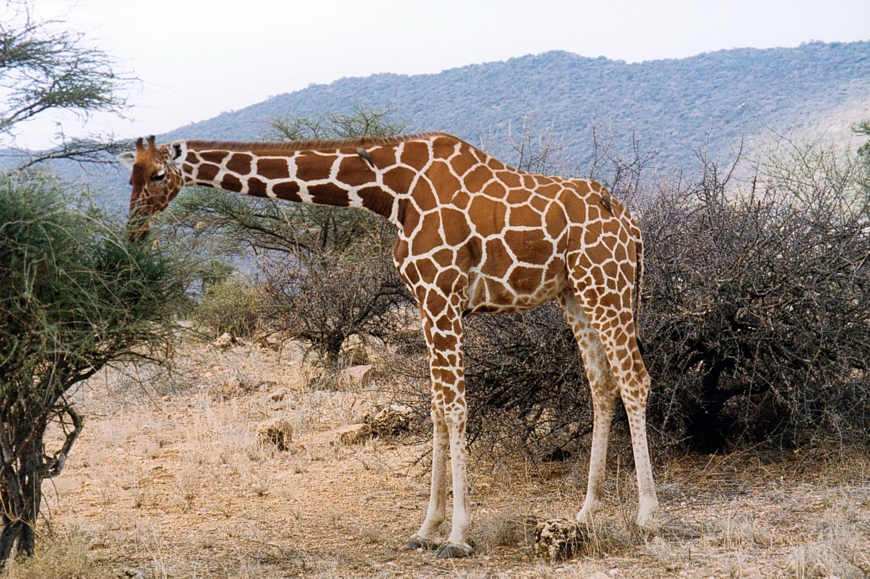
Giraffe (Giraffa)
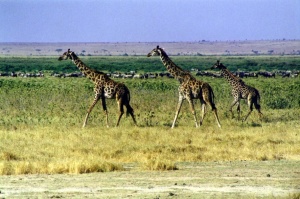
What do they look like?
Giraffes are the world’s tallest mammals. They have long legs, necks and even tongues – which are incredibly dextrous and purpley-black in colour (possibly to protect them from sun burn). Their famous brown and yellow coat patterns vary between habitats – always adapted to optimum camouflage with their surroundings.
Their horns are called ossicones and are covered in skin and fur and are similar to deer’s. Giraffes have the same number of neck bones (vertebra) as humans – although theirs are linked by ball and socket joints enabling them far greater flexibility.
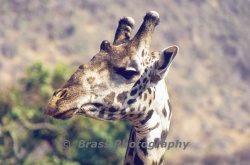
Animal facts
Giraffes act as the savannah’s alarm system. With their long necks reaching above the treeline, they see danger first. When they start running the rest of the plain knows to run too. They can run at a pace of ten miles an hour for considerable distances and sprint as fast as 35 miles an hour in a short burst if threatened. Giraffes spend the majority of their time grazing and digest their food similarly to cows – regurgitating and chewing . They only need to drink once every few days, getting much of their hydration from food.
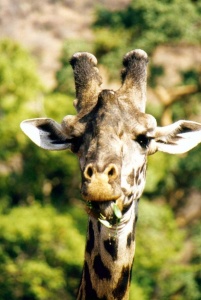
What they eat
Leaves, bark and buds
Habitat
Bushy Savannah
Where they live
Sub Saharan Africa
Threats
A giraffe’s kick can fend off most predators’ attacks, even lions. Poaching is the giraffe’s only real threat.
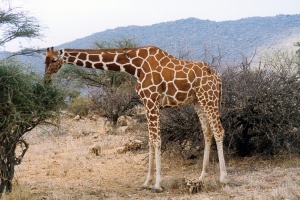
Population
Decreasing
IUCN Red List
Vulnerable
Classification
Order: Cetartiodactyla
Family: Giraffidae
Genus: Giraffa
4 main Species:
- Northern Giraffe (Giraffa camelopardalis)
- Sothern Giraffe (Giraffa giraffa)
- Reticulated Giraffe (Giraffa reticulata)
- Masai Giraffe (Giraffa tippeskirchi)
Life Span
25 years
…
Information provided by:
1. Zoological Society of London

https://www.zsl.org/zsl-london-zoo/exhibits
2. Wikipedia.org
…
Giraffe Facts
Photographs provided by: Cyril Brass